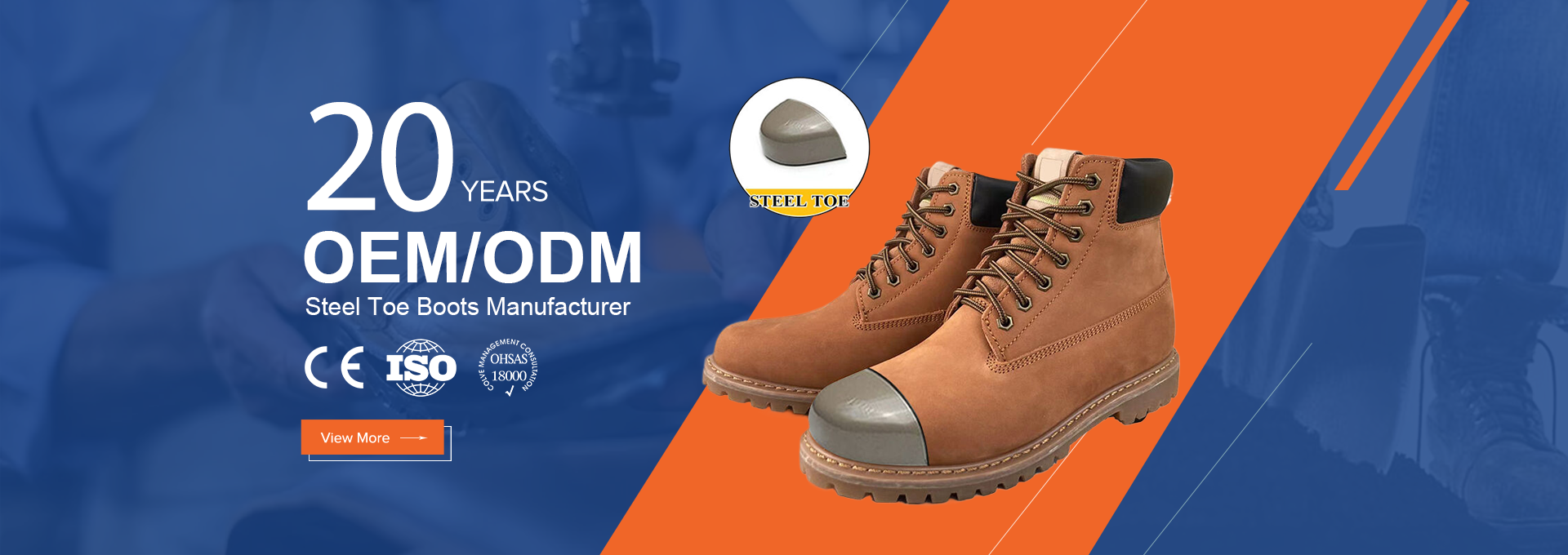In the annals of industrial and occupational safety, safety shoes stand as a testament to the evolving commitment towards worker well-being. Their journey, from humble beginnings to a multi-faceted industry, is intertwined with the progress of global labor practices, technological advancements, and regulatory changes.
Origins in the Industrial Revolution
The roots of the safety shoes industry can be traced back to the 19th century, during the height of the Industrial Revolution. As factories sprang up across Europe and North America, workers were exposed to a plethora of new and dangerous conditions. In those early days, replacing an injured worker was often seen as more cost-effective than implementing comprehensive safety measures. However, as the number of workplace accidents soared, the need for better protection became increasingly evident.
As industrialization spread, so did the demand for more effective foot protection. By the early 20th century, Steel Toe Boots emerged as a game-changer. Industrialization had led to a significant increase in workplace injuries, and with no laws in place to safeguard workers, they were in desperate need of reliable protective gear. In the 1930s, companies like Red Wing Shoes began manufacturing steel-toed boots. Around the same time, Germany started reinforcing its soldiers’ marching boots with steel toe caps, which later became standard issue for soldiers during World War II.
Growth and Diversification Post-World War II
Following World War II, the safety boots industry entered a phase of rapid growth and diversification. The war had brought about a greater awareness of the importance of protecting personnel, and this mindset carried over into civilian workplaces. As industries such as mining, construction, and manufacturing expanded, so did the need for specialized safety footwear.
In the 1960s and 1970s, subcultures like punks adopted steel – toed boots as a fashion statement, further popularizing the style. But this was also a period when safety shoe manufacturers started focusing on more than just basic protection. They began to experiment with different materials, such as aluminum alloy, composite materials, and carbon fiber, to create lighter and more comfortable options without compromising on safety.
Post time: Jun-03-2025






